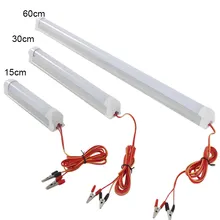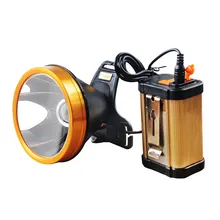Introduction to Street Light Components
Street lighting plays a pivotal role in urban infrastructure, contributing to public safety and city aesthetics. Street light parts encompass a variety of components essential for the proper functioning and maintenance of outdoor lighting systems. This introduction delves into the diverse elements that make up street lighting, from the luminaires to the posts, and the technology that powers them.
Types of Street Light Components
The anatomy of a street light includes several key parts, each designed to support its operation and efficiency. Components such as lighting fixtures, light poles, and mounting brackets are integral to the assembly of street lights. Additionally, lighting controls and photocells are employed to automate the lighting process, ensuring lights operate only when needed, thereby conserving energy.
Applications and Features
Street light components find their application not only in illuminating roadways and car parks but also in enhancing pedestrian pathways and outdoor public spaces. The features of these parts, such as weather resistance and compatibility with different light sources like LED modules, are crucial for their adaptability to various environments. The adaptability of street lamp parts allows for their use in diverse settings, from urban centers to remote areas requiring reliable illumination.
Materials and Advantages
Materials used in the manufacturing of street light parts, such as aluminum extrusions for poles and high-grade plastics for luminaires, are selected for their durability and performance. The advantages of using robust materials include extended longevity and reduced maintenance needs, which are essential for the sustainable operation of street lights. Furthermore, advancements in technology have led to energy-efficient solutions like LED street lighting components, which offer brighter illumination and lower power consumption.
Understanding Light Sources
The evolution of street light parts has been influenced by the development of light sources. Traditional gas lamps have given way to modern LED lighting, which provides bright, cost-effective illumination. The transition to LED technology in street lighting not only enhances visibility but also contributes to environmental conservation through reduced energy usage.
Maintenance and Sustainability
Maintaining street lighting infrastructure is made more efficient with easily replaceable parts. The design of street light accessories facilitates quick repairs and upgrades, ensuring continuous operation. Emphasizing sustainability, the modular nature of these components allows for selective replacement, minimizing waste and promoting eco-friendly practices in urban lighting.






































 浙公网安备 33010002000092号
浙公网安备 33010002000092号 浙B2-20120091-4
浙B2-20120091-4